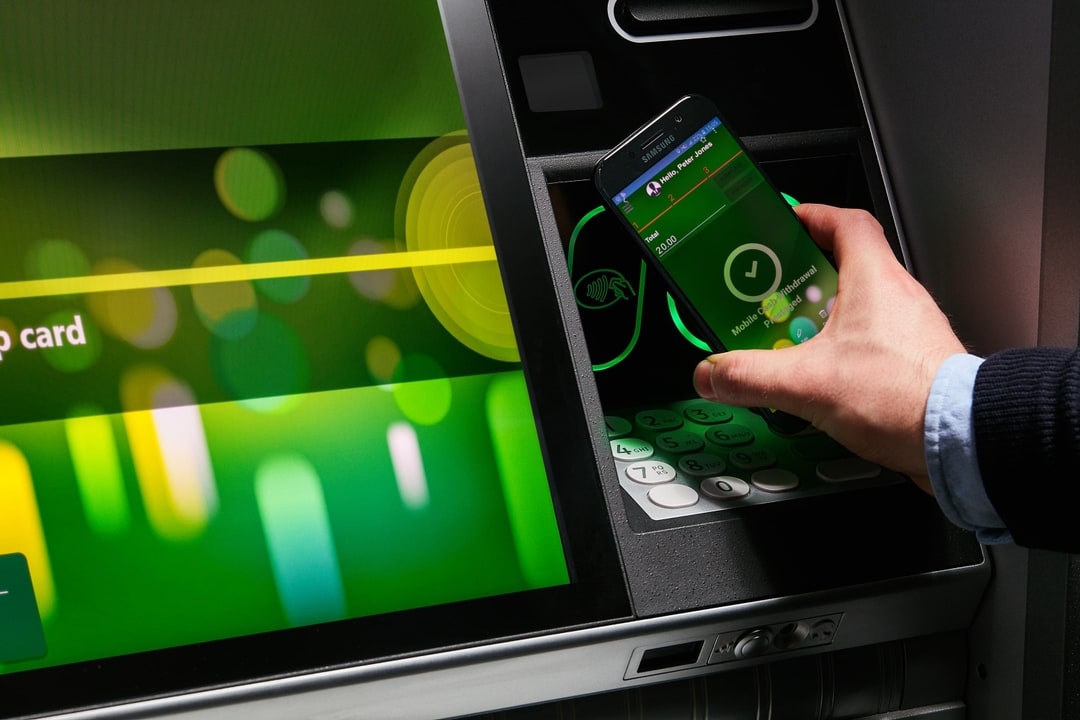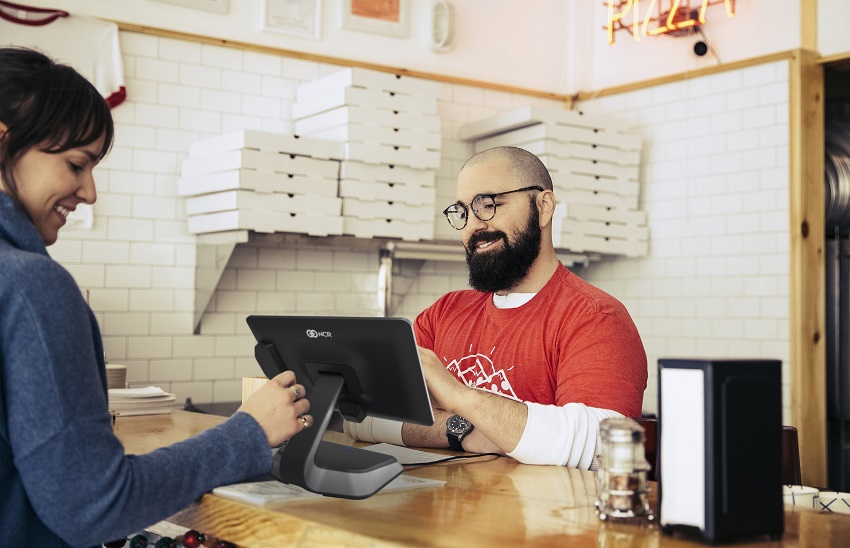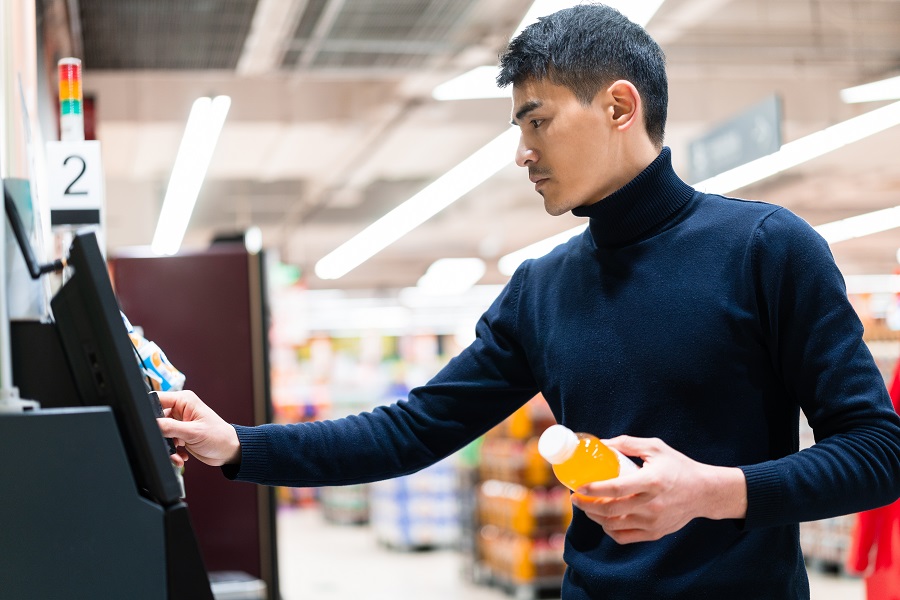Leveraging technology to tackle food waste
Published May 25, 2022
The U.S. Environmental Protection Agency (EPA) stated that the country dumps around 70 billion pounds of food into landfills annually. As a result, 54 million Americans experienced food insecurity in 2020's peak-pandemic days.
The stats are shocking globally, with more than 1.3 billion tons of food wasted every year. This is about one-third of all food consumed by humans, which is enough to feed most hungry people worldwide.
Solving worldwide hunger isn't going to happen overnight. Instead, smaller but practical steps need to be taken, with everyone contributing. One way to combat this worldwide crisis is by promoting zero food waste with the help of innovative technologies.
In 2021, the United Nations Food Systems Summit laid the foundation for a global transformation of the existing food system to attain the Sustainable Development Goals by 2030. Leaders from different corners of the world gathered at the summit to tackle public health issues like climate change and global hunger.
Fortunately, grocery retailers and food brands are aware of this issue. As a result, they are now leveraging data-driven technological solutions to develop wasted-food programs. Such food systems aim to produce a shorter supply chain that helps preserve food’s freshness.
What are businesses doing to curb food waste?
Over the past few years, the food industry’s transformation has been remarkable. From startups to industry giants, businesses realize that world hunger is a byproduct of food waste. Zero-food-waste systems are good not only for the planet but also for the company.
Tesco in the U.K. and Walmart in the U.S. have also developed wasted-food systems. Recently, Walmart donated more than 745 million pounds of food globally with its food donation system.
Tesco and Walmart have also engaged a minimum of 20 suppliers to reduce food waste by 2030. Others focus on adopting modern technologies powered by machine learning, AI, blockchain technology, and the Internet of Things (IoT).
Shorter supply chains are also helping brands reduce food waste. For example, in 2021, Ocado CEO Mel Smith revealed at the City Food Lecture that the company’s narrow supply chain has helped it eliminate food waste. Another factor was predicting the supplier's needs and demands beforehand through technology.
Similarly, Amazon Fresh is also leveraging data science with an efficient machine learning system to predict demand. This helps the company purchase merchandise from manufacturers and distributors with optimal delivery times and quantities to prevent waste.
All in all, 2021 had a record $4 billion investment in zero-food-waste startups, demonstrating how serious the corporate sector is regarding this global concern.
Ways technology can help reduce food waste
The digital transformation has significantly contributed to help reduce food waste and mitigate climate change. In addition, these strategies help businesses focus on their corporate social responsibility while generating more revenue.
Here are some ways technological solutions can produce a zero-waste food system.
Shorter supply chain with IoT and blockchain technology
Technology helps businesses track their food's journey from the harvesting phase to the warehouse. It is estimated that around 14% of the world's food is wasted during the entire harvest, food production, and retail journey.
IoT and blockchain technology can help businesses identify the flaws in their supply chains. The Internet of Things includes various devices connected to the internet.
Retailers can leverage IoT technology to track every product and make quick decisions about the entire food supply chain. In addition, IoT technology helps them locate resources and minimize lost time.
Similarly, blockchain technology provides retailers with secure, permanent, and time-stamped records of food production and transactions. By using blockchain technology, you can have a quick overview of your product’s lifecycle and make decisions for improvements accordingly.
Simply put, a digital blockchain system can enhance food safety, transform food production, and make it easier to trace food from the farm to the table, significantly limiting waste.
Ripe.io is a small San Francisco-based company that utilizes the blockchain to bring its farmers, processors, distributors, retailers, and digital consumers together. This assists companies in gathering stocking data related to food's journey from the start to the end.
Likewise, IoT devices are also being used to monitor the entire journey, from harvest and food production to food delivery. The entire process is done on a real-time basis, ensuring the transparency and trackability of the supply chain.
Monitoring sensors on refrigerators and bins help professionals identify fluctuations in performance with the help of real-time insights.
Related: How recent supply chain issues are impacting retail
Extended shelf life to retain food's freshness
The UN states that around half of the world's fruits and vegetables are wasted annually. To cope with this massive food waste, businesses are now leveraging technology to make informed decisions.
A renowned U.S. logistics firm, Lineage Logistics, utilizes AI, blockchain, machine learning, and IoT technology to retain the freshness of food during the entire journey. This also contributes to enhancing public health.
Lineage Logistics uses IoT temperature and vibration sensors that alert the company about any upsurge or drop in the temperatures of its warehouses. This keeps the food at optimal temperatures and increases the shelf life.
Retail companies can also use AI to gather their customers’ data and share it with their manufacturers. The manufacturers then produce the right amount of food and avoid surplus production.
Many companies use biosensors to predict the shelf life of their products. Recently, Singaporean scientists have been researching an "electronic nose" that can identify whether meat will decay soon or not. However, the device is still in its testing phase.
Packaging sensors to predict freshness
The IoT sensors used in the packaging process give an idea about the freshness and longevity of the product. This helps distributors plan their distribution process accordingly and reduce waste for foods with a shorter shelf life.
Russian retailer X5 Retail Group uses time-temperature sensors that change their color when a product is about to expire. This way, the company can also take care of public health and perform effective food-waste management.
Redistribution of food
Technology also encourages the distribution of food before it is wasted. One prominent example is Copia, which uses food-waste management software to analyze and inform companies about their wastage and the factors causing it.
Copia has recovered around 5 million pounds of fresh food from landfills and redistributed it to those in need.
A Netherlands firm, Instock, collects excess food from farmers and distributes it. This way, the food is not being wasted. Instead, it is going to those suffering from hunger.
Establishing a food donation network
Walmart and the Walmart Foundation are working together to develop a sustainable food system. It is aimed to be more affordable, safer, and healthier for everyone.
Over the past 15 years, they have donated more than 5 billion pounds of food to nonprofit food donation organizations in North America. Moreover, they also gave more than $145 million in grants to strengthen the Feeding America cause and its local food banks.
Such retail donation programs secure items at food banks instead of dumping them. Retailers and grocery stores can work with local food banks to ensure no food gets wasted.
By joining hands with a charitable food donation program, retailers can donate items to those in need. Food bank trucks usually pick up these items from the retail stores and hand them off to those living in poverty.
As a retailer, you can donate discontinued items, perishable products that are safe to consume, and product samples to food banks. But to execute the storage and delivery of these items correctly, you may need to educate your employees accordingly.
Future food security
With rising world hunger, wasting food isn't favorable for our planet. Surplus food can easily be redistributed to those in need when it's fresh. To ensure that, we need resilient food systems across a wide range of industries.
Blockchain, IoT, and machine learning technologies have found effective food-waste solutions to increase food security. As businesses continue to use them to reduce food waste, we can hope for a better future.



